Tips and tricks for cycling in hot weather

As the summer goes and spoils us with some great and sunny weather in most parts of Europe, and the air temperature has reached as high as 35 degrees, the tropical weather starts causing some second thoughts on should you be going for a bike ride.
Clearly there are so many cycling benefits highlighted in our previous blog posts, but what about hot weather? How hot is too hot for cycling and what should you wear? What to pack with you, what are the hot weather essentials - we will try to cover these questions in this blog.
Hot weather shouldn't stop you enjoying your riding, as long as you take some precautions to prevent overheating and dehydration.

1. Get acclimated to hot weather
The biggest hot-weather mistake cyclists make is riding in the heat without preparation,” says Stacy Sims, Ph.D. If you don’t acclimate to the hot weather, it will be much harder for you to go through the training and it will probably reduce your performance.
The easiest way to get used to hot summer is to lower the daily air conditioning usage when possible, like using an opened window instead of air conditioner when you are driving in your car (not talking about standing in the traffic jam), it will allow your body to get used to hot weather and adjust to it, and the warm wind will be very similar to the wind you get when you’re cycling. Bikram hot yoga classes or a few sessions in the sauna are also a good start.
2. Stay hydrated
One of the biggest obstacles with cycling in hot weather is maintaining adequate hydration. You will sweat more as your body naturally tries to cool itself down, but that sweat will evaporate quickly, meaning that it is hard for you to gauge exactly how much fluid you are losing. In the days before cycling consume a lot of watery fruits and vegetables, like grapes, watermelon or cucumbers
Drink little, but often when riding, and make sure that you have plenty of drink with you or know places along your ride where to get some water. In terms of the amount - drinking 2 full water bottles during a long ride is considered normal. Aim to drink at a rate of 10 to 12 milliliters per kilogram of body weight every hour, that’s around a 20-ounce (600 ml) bottle for a 150-pound (70 kg) rider.
If you have the time, put some ice cubes in your water to keep it cool for at least some time or even better- freeze one bottle at half full and another at the three-quarter mark before topping them off. (Mountain bikers: Put ice cubes into your hydration pack or fill the pack to half full and freeze). Consuming cold fluids will help keep your core temperature down and your performance up. Using drinks with electrolytes can be a good idea to replace those lost by sweating, which can cause cramping. Sodium helps your body hold on to the fluid you’re drinking.

Post ride, it is better to have a protein-based recovery drink to rehydrate you faster than one with only carbohydrates. Protein pulls water with it when it travels to muscles. If you opt for plain water after a ride, pair it with a snack or meal that contains protein, carbohydrates, and sodium to replenish.
3. Cool down
While it seems like an awesome idea to put some ice cubes on your back or down your jersey, doctors suggest not doing that, since ice against the skin causes blood vessels to constrict, which shoots hot blood back to your core. It’s better to pour cool water over your neck and forearms, or wipe them down with a cool, damp towel.
Another great option is a cooling towel, it cools to 30 degrees below average body temperature when wet.

4. Avoid sunburn
Clearly, it’s stating the obvious so we won't go into details, but always use sun protection cream. Do everything you can to prevent sunburn: Always wear sunscreen; choose jerseys, shorts, and arm skins with built-in sun protection; and wear a cap under your helmet to shield your head. Don’t forget the back on your neck which is exposed to the sun in the riding position. Remember - the higher the altitude, the bigger risk for your skin to get sun burnt.

5. Wear proper clothing
Wear breathable and lightweight cycling clothing, it’s suggested to wear a wicking mesh base layer, that will help sweat evaporate from your body and keep you dry, which basically cools you down. Some brands now offer clothing which is super-light (and sometimes with reflective cooling technology like Coldblack or UVF protection).
You should also opt for fingerless gloves, that will protect your palms from sunburn, as well as it will protect your palms from getting sore and sweaty on long rides.
Riding in bright sunshine can be tiring for your eyes. UV rays can also damage them over the long term, so don’t forget to wear dark lense sunglasses.
And, if possible, opt for a ride early in the morning or later in the evening, but if you opt for the evening ride, use insect repellent, otherwise mosquitoes will have a feast from you… or you can ride so fast, they can’t catch you! :)

So here are some tips and precautions you should always keep in mind, and although some may feel obvious, there are still so many cases of sun burnt, dehydrated or overheated cyclists, so we wanted to remind you this and keep you safe and your ride enjoyable in this steamy summer!
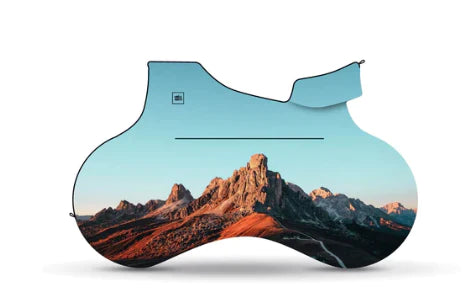
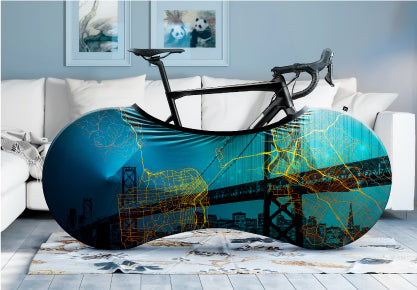
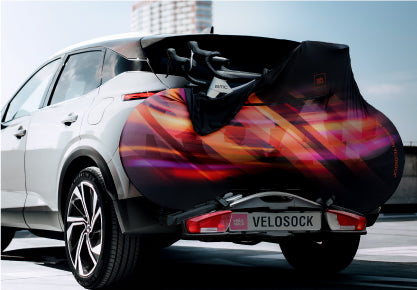
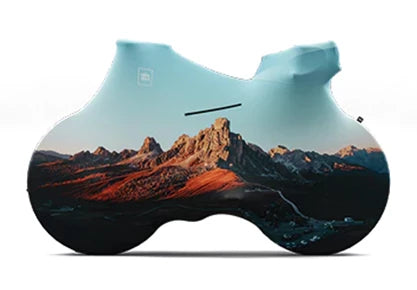


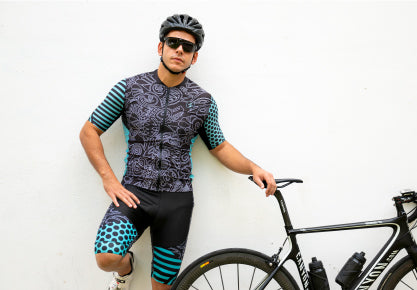


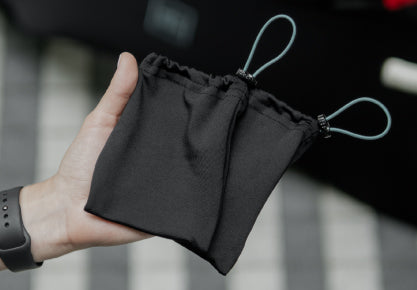
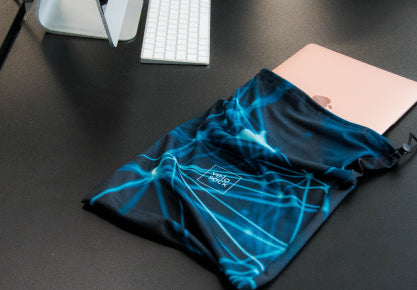
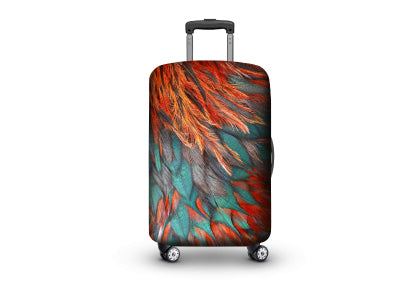
















Leave a comment